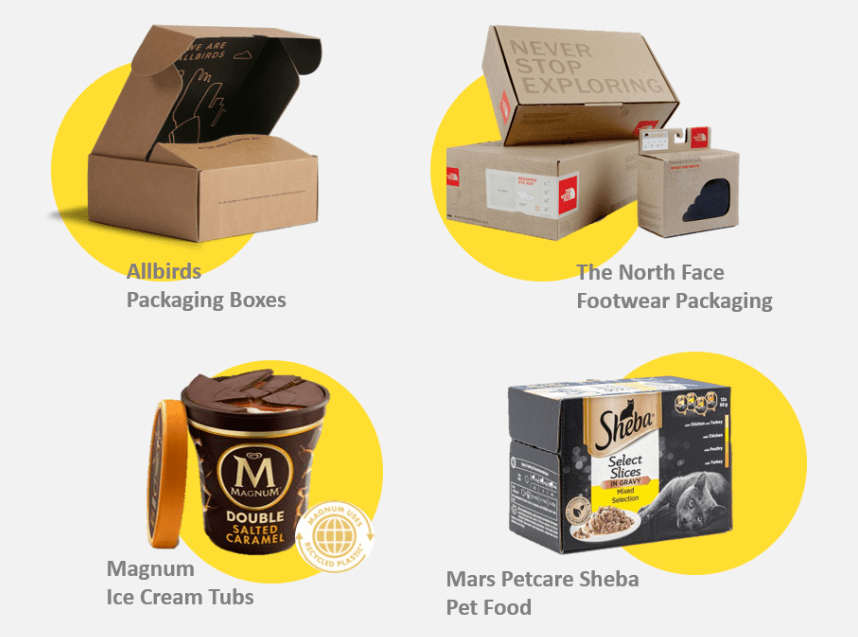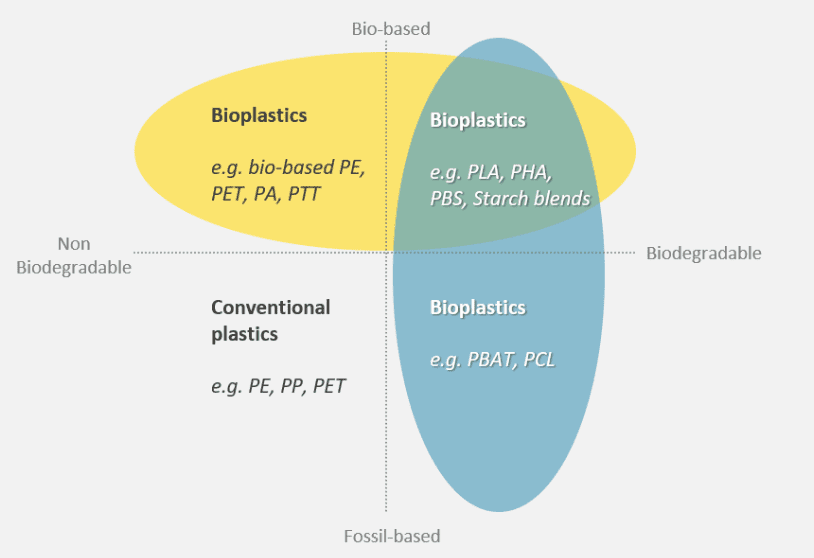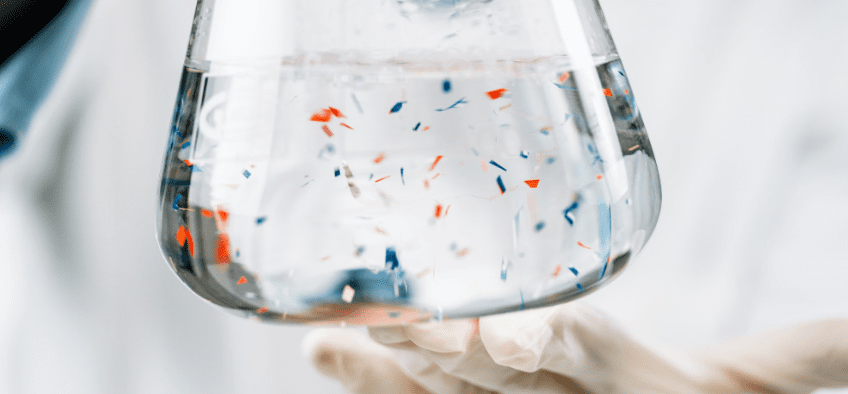Techstyle and agri-food innovation platform Mills Fabrica have released a new report detailing the role and impact of single-use plastic packaging in the fashion and food sectors. Rethink Packaging aims to provide guidance to brands seeking to solve this problem by considering the entire lifecycle of existing packaging solutions.
The report is the conclusion of a six-month research project that included multiple in-depth interviews with brands to better understand how they are addressing the environmental impact of packaging across their supply chains and to gain insight into the challenges faced by companies seeking to eliminate single-packaging use of plastics in the value chain. The resulting guidance suggests that a holistic approach to packaging use that takes materials, reduction and end-of-life initiatives into account is the best way forward.

The problem of plastic packaging
Plastic packaging may have become an accepted norm, but its impact is now widely known. Recognizing this, there is a responsibility to eliminate hazardous materials from the supply chain in favor of easily recyclable and low-impact alternatives. Since the 1950s, some 8.3 billion metric tons of plastic have been produced. Less than 9% is recycled, and today's manufacturing industry is still geared toward disposable products.
Microplastics, thought to come from landfills, were first found in human blood last month and have the potential to lodge in internal organs. These particles can cause damage to human cells and are considered harmful to health. Finding them in blood is another call to redouble efforts to remove plastics from the global supply chain.

Fight against plastic packaging users
The government is seeking to ban single-use plastics, or at least make them unattractive from a commercial standpoint. Previously, plastic was popular for its low cost and versatility. Now, as the plastic packaging tax initiative begins, brands are highlighting the difficulties they face in removing it from their supply chains.
Rethink Packaging identifies challenges, suggests alternative materials, and discloses techniques to overcome obstacles. It offers pragmatic solutions that allow for immediate adjustments before launching medium- and long-term solutions. Overall, it paints a picture of an evolving landscape that promises to bring together the economic and environmental concerns of companies in the fashion and produce industries.
A holistic approach is needed
Mills Fabrica recommends checking the packaging of its components. Starting with the production and materials chosen, it asks whether bio-based alternatives are a viable option. Can the design process meet the material needs and impacts of frugality? Turning to distribution centers, the report asks brands to examine whether they can reduce their use of packaging and whether logistics systems can support such reductions. Finally, it involves how consumers can support different packaging solutions through their purchasing power and ease of end-of-life disposal.
Understanding that removing all plastics is a daunting task, this report addresses the incremental process. It shows that most brands go through phases of increasing the amount of recycled materials in their packaging before considering full-scale bio-based alternatives, redesigning everything, and finally collaborating. Despite being positive initiatives, these have faced obstacles.

Challenges for plastic removers
Inconsistent infrastructure for package handling continues to be a problem. Globally, plastics recycling takes many forms, and not all cities can handle bio-based materials. This has led to experimentation with a variety of materials, including paper packaging, that may prove unsuitable, more costly and more difficult to mass produce. Finally, despite the plastic tax, brands have been clear about the lack of incentive to move to fully recyclable or biodegradable packaging.
Bio-based plastics are considered as a potential solution. They should mimic the versatility of their single-use counterparts, while being partially made of fully biodegradable materials. However, they are still new, and their longevity and functionality remain unproven. For large brands, this represents uncertainty given their environmental footprint.

The best course of action to get rid of plastic packaging
Rethink Packaging concludes by suggesting that a gradual but well-thought-out approach to moving away from single-use plastic packaging is best. This should start with product design. Positive progress can be made by developing packaging that requires less material. This will naturally stimulate similar changes in the activities of all stakeholders. Medium- and long-term steps are cited as including testing the feasibility of low-impact materials and, finally, piloting selected options for scale-up.

